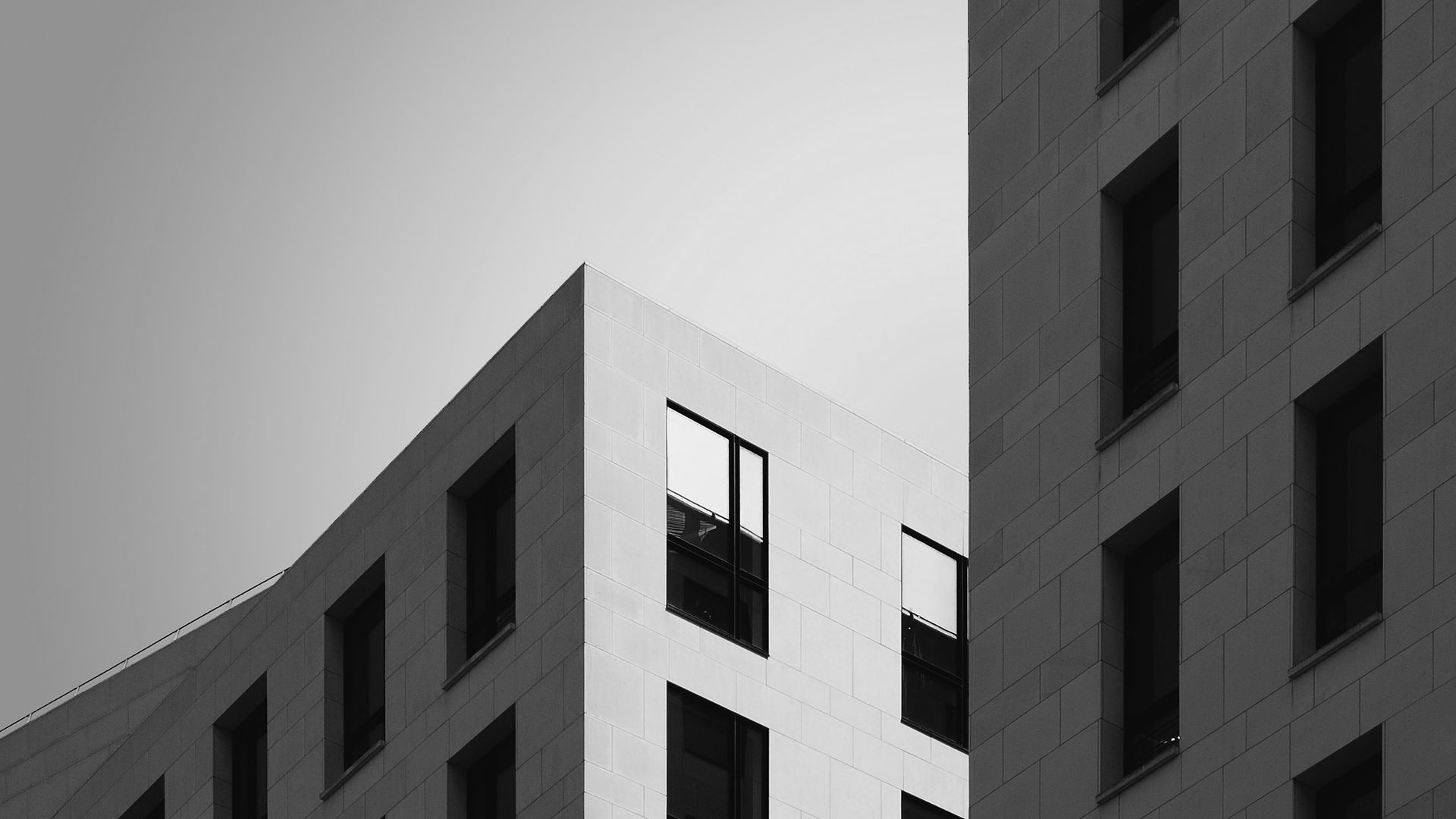

design iteration
1. shape
- tested different basic geometries with various edge conditions, total 5, and ramdom points populated inside the 5m*5m pavilion boundary.
- circle, pentagon, rectangle, and triangle from left to right
- finally choose pentagon because it has changes on hard edges, and potential to be sculptural in form
2. point attraction scale and rotation, random seeds
- this is to iterate and test the connection between geometries as well as their relationship to the boundary
- applied point attraction learnt from M2 to change scale and rotation of geometries
- the first one for example won’t work because there is a disconnected geometries which could not form up enough interior space for pavilion to host
15 people, the second one, connection between two geometries are too small, wont work on apply circulation
- reason to select: sufficient connection between geometries, sufficient relationship to the boundary all possibilities of access and openings for views
3. load and anchor point
the selection of anchor point need to make sure enough connection to the ground to hold the structure within the pavilion boundary, the load strength
and edge strength needs to be well controlled to make sure sufficient space created, avoiding extremely small and large, final height should not exceeding
5 meters
4. opening density and sizes
- the intension is to reduce the impact of heated luch time sun to the lunch seminar during the summer, other seasons wont be influenced too
much because they are not as heat as summer, but I want to avoid those direct hot sun light to the interior of the pavilion while activities happens
at lunch, therefore, I’ve remapped the opening distance ranges from 9 to 32 to achieve that intension, at the same time create different lighting,
different spatial quality of the pavilion
- reason on choosing the low density level is to respond to the choice of hard edge geometry at the first step, I want to further emphasis the
straight, hard lines on my pavilion, which increase of opening density would make those lines short and become vague.
5. respond to pavilion by landscape
- pavilion has hard edges, opennings are triangular forms
- appplied an extruded volume of triangle and a potential circulation route(curve) around the pavilion connecting to the existing site & path
- tested different rules, from 1 & 2 rule(s) which could not generate a lot pattern
- better connect to the path and existing landscape, I’ve applied different scale, so the overall line have a potential motion and seems to connet
to the existing path, but not fully connected, between the existing path and the pavilion are filled with loose, small concrete pavers, and the pavilion
itself and surrounding formed with more solid surface for hosting activities
grasshopper- Kangaroo, Ladybug, Wasp




